Putting energy innovations to the real-world test
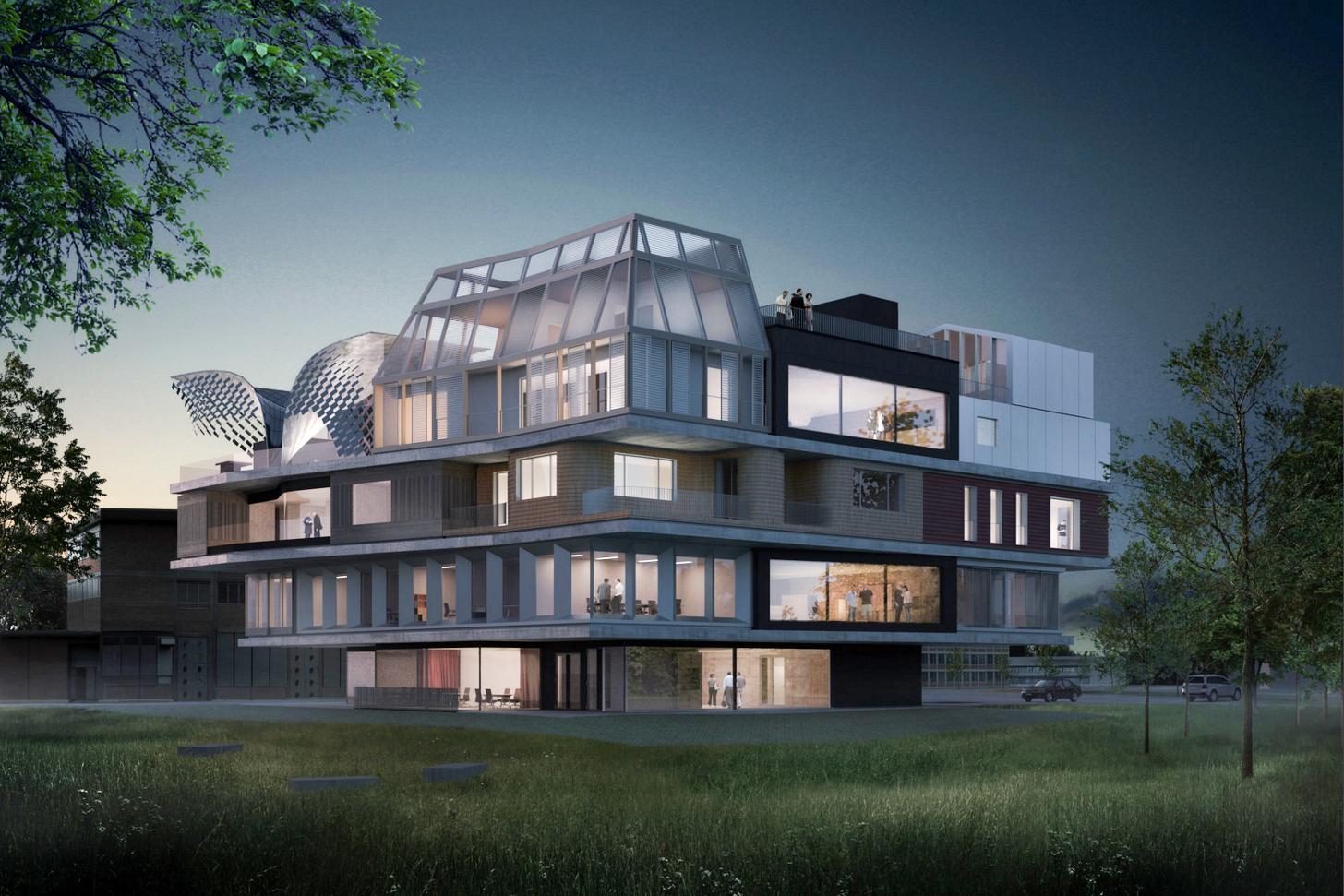
When it comes to creating sustainable energy systems, a light-bulb moment in the laboratory is only half the battle. It takes just as much work to develop solutions that can be seamlessly integrated into today’s world. It’s an issue a new lab opening in May aims to solve.
Swiss researchers are building a giant NEST – an acronym for Next Evolution in Sustainable Building Technologies. True to its name, the NEST building is a technology incubator. Its unique design includes a core “backbone” that can support up to 15 modular units designed to test and optimise innovations in building materials, design, architecture, and resource use.
The goal: to accelerate the transfer of energy technologies from the research and development stage to market-readiness.
After its completion in May, the NEST building will open its doors as an “experimental” residential and office space. Each unit will be dedicated to test-driving innovations in a particular area, such as glass architecture and construction with natural, lightweight, and/or recyclable materials. The construction project is expected to cost CHF 29.5 millionExternal link overall ($29.7 million).
“The whole setup enables us to implement new technologies, which could otherwise never be tested in a real building or city district, let alone in these combinations,” says Urs Elber, managing director of energy research at the Swiss Federal Laboratories for Materials Science and Technology (Empa) in Dübendorf, canton Zurich.
“On one hand, projects coming right out of research labs will be improved through experience; on the other hand, it is still ‘only’ a demonstrator where, for instance, a temporary power outage would be allowed.”
According to Elber, the building sector is responsible for roughly half of Switzerland’s primary energy consumptionExternal link, and most of that can be attributed to fossil fuels used for heating. Empa research, he says, is aimed at developing new technologies for reducing both the energy demand and fossil CO2 emissions of Switzerland’s built infrastructure.
“There are numerous research projects going on in the energy sector right now. But many of them will not make it beyond the lab in the near future. This is because innovations that succeed on the market require other factors besides great technology, such as other means of financing, and a clear-cut demonstration of the technology’s potentials and benefits for the user.”
Gold standard
Entrepreneurs and research groups are developing and implementing their own creative solutions to problems related to energy waste and greenhouse gas emissions. But without sufficient investment, these technologies risk fizzling out in the no-man’s-land between research and commercialisation.
To bring technologies the market interest they need to get off the ground, the Swiss Federal Office of Energy (SFOE) takes on the annual challenge of identifying Switzerland’s best sustainable energy innovations, and presenting them with the Watt D’Or award.
Watt is it?
The Watt D’Or award has been given to Switzerland’s best sustainability projects each year since 2007. Awards are given in six categories – society, energy technologies, renewable energies, energy-efficient mobility, and buildings and space – and market-readiness is a key judging criterion. The winners, who may be researchers, businesses and even students, receive no prize money. Rather, the goal of the programme is to draw media and market attention to these new technologies.
“There has been so much change in the last decade, with Swiss energy policy really shifting. You can see solar panels on every rooftop,” said Marianne Zünd, director of the Watt D’Or programme.
“I think what we have done with the Watt D’Or is to accompany a real movement in Switzerland, and to help companies become more visible to the public.”
This year the Swisscom business park in Ittigen, near Bern received the trophy for the Buildings and Space category.
Designed jointly by Swisscom, engineering consultants Ernst Basler + Partner, and architects Atelier 5, the 33,000 square metre building was completed in 2014 and now houses approximately 2,000 employees.
One of the building’s winning features is a ventilation system composed of an atrium that extends from ground to roof, and functions like a human lung. The “lung” circulates fresh air throughout the building as needed naturally, without mechanical assistance.
“We rely on the physics,” explains Martin Meier, an engineer from Ernst Basler + Partner who was responsible for the Swisscom project. “The used air from the offices enters back into the atrium, and because there is more CO2 in it and it is warmer, it rises by itself to the roof of the atrium, where it gets ventilated away.”
Despite its innovative design, the building did not cost significantly more to construct than a traditional office building of comparable size.
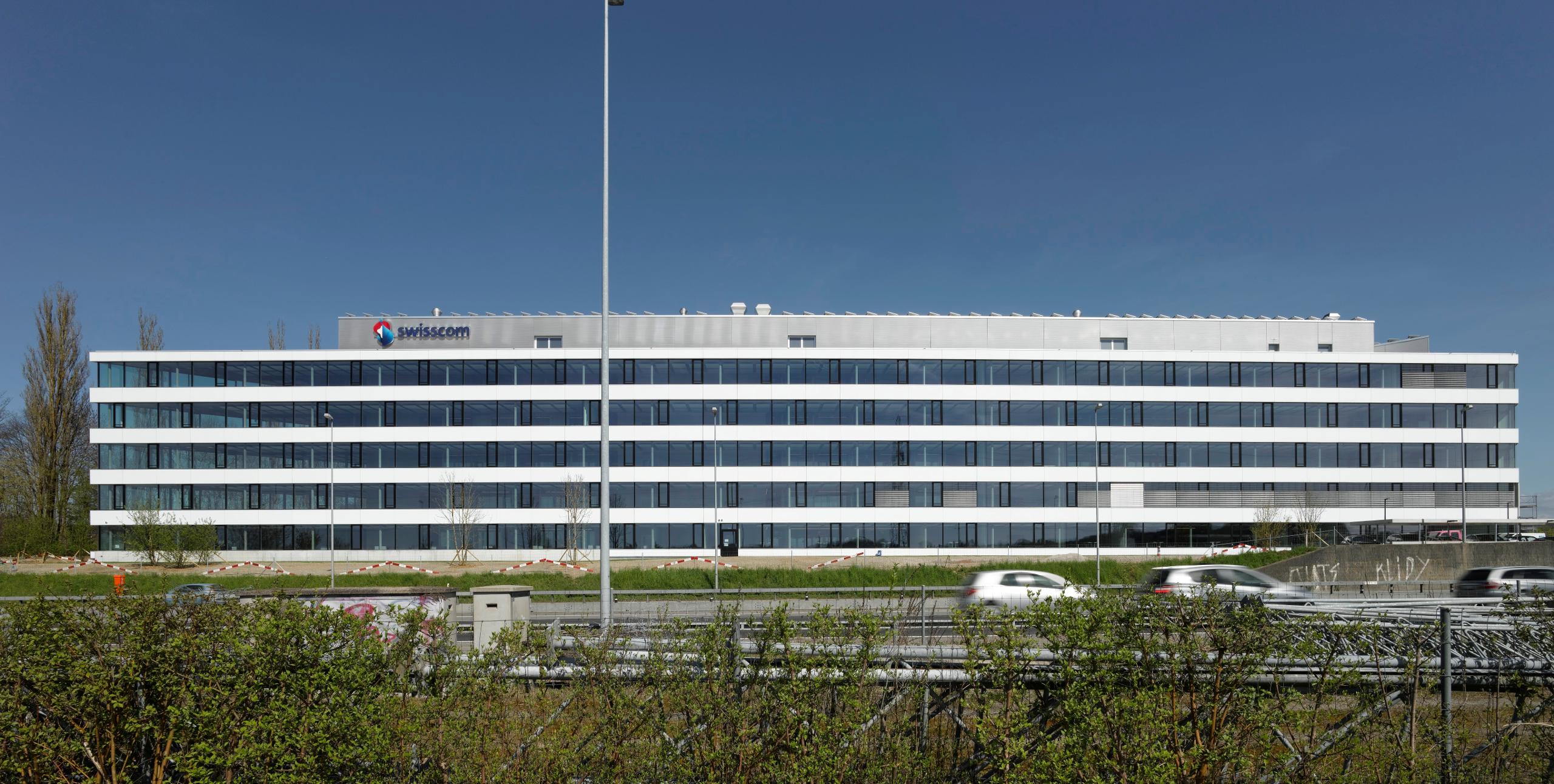
The building’s temperature is controlled thanks to underground probes that store and release heat as needed. Additional energy is provided by rooftop solar panels, plus heat from Swisscom’s hard-working computer servers.
Although the Swisscom building is positioned right next to the main highway connecting Bern and Zurich – a location that doesn’t necessarily bring to mind “sustainability award winner” – traffic is inaudible through the building’s thick windows, and fresh air for ventilation is drawn from the woodland-facing side of the building.
“Today, we don’t have so much space in Switzerland left for construction, so it’s important to use the space that’s available that no one else wants,” says Zünd. “The building fits in perfectly here, and it’s a great way to use the space that’s left for businesses.”
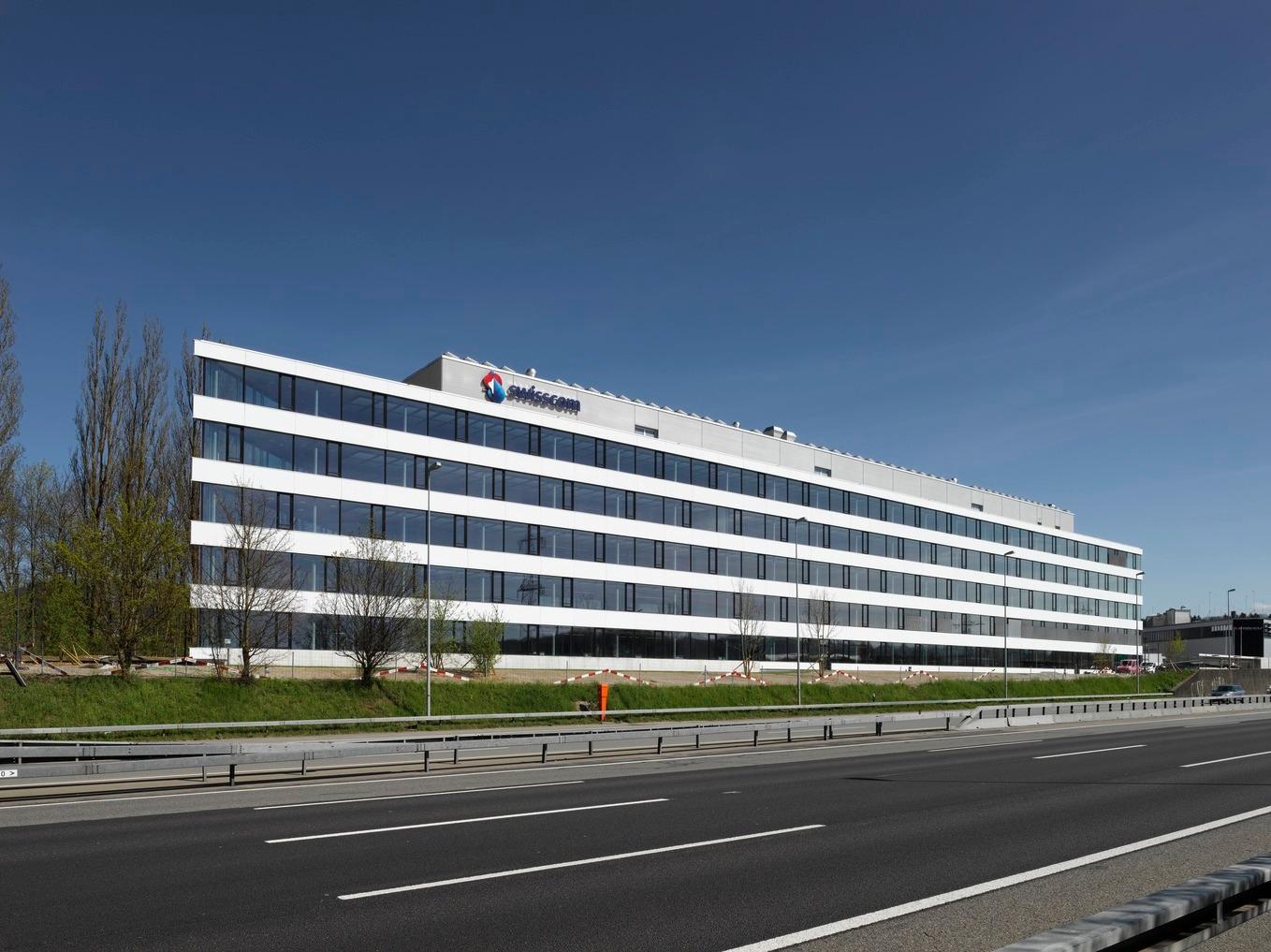
More
A tour of Swiss energy efficiency

In compliance with the JTI standards
More: SWI swissinfo.ch certified by the Journalism Trust Initiative

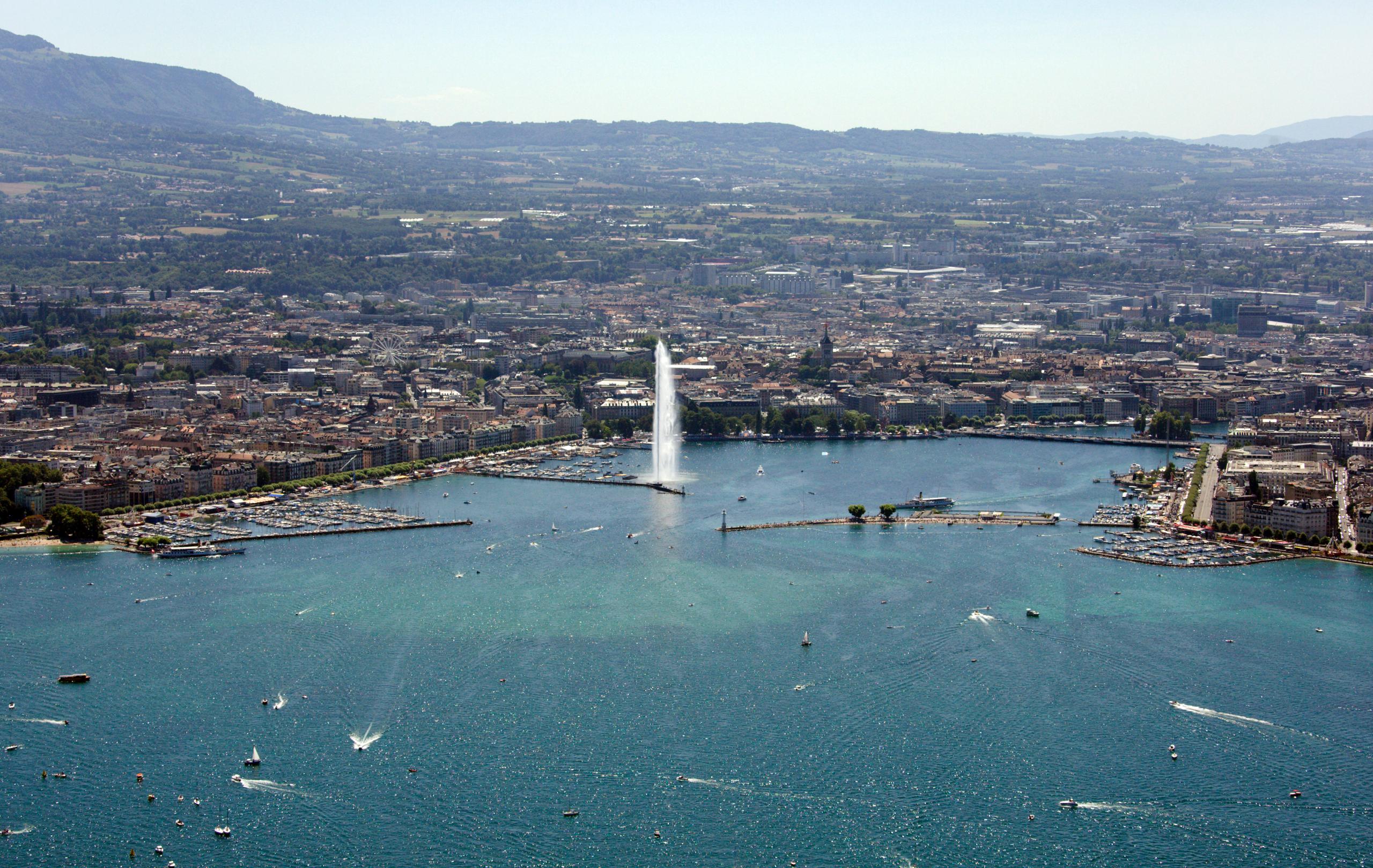
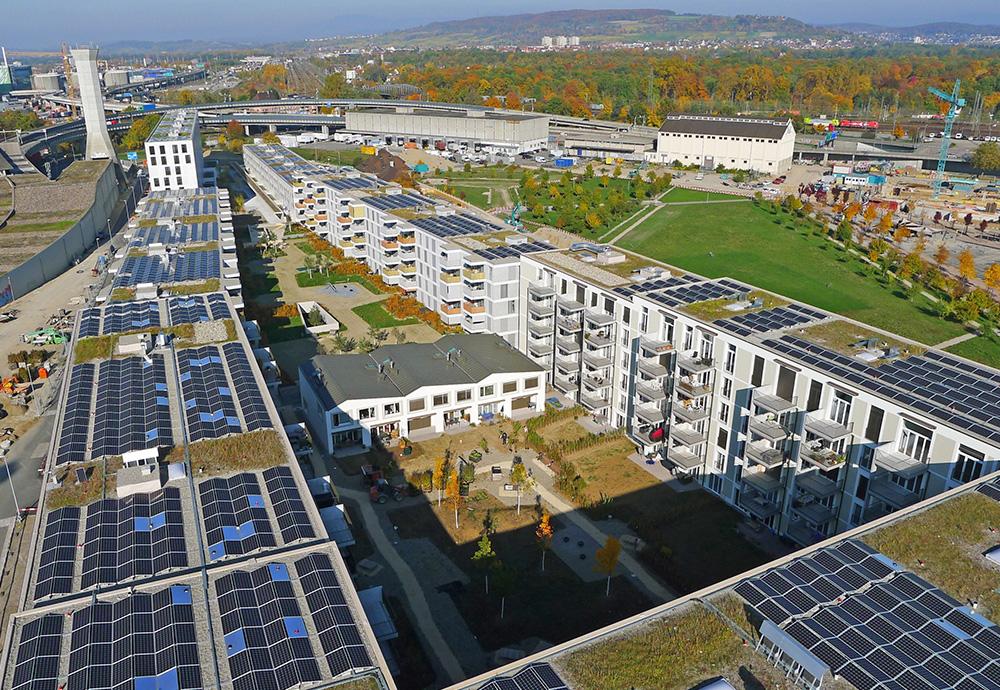
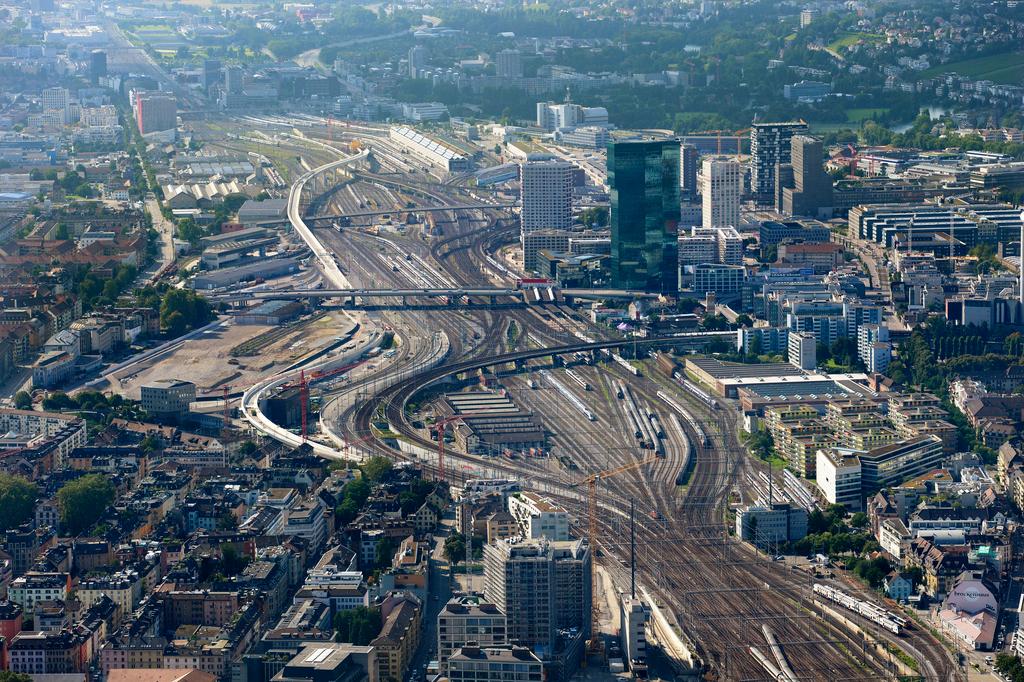
You can find an overview of ongoing debates with our journalists here. Please join us!
If you want to start a conversation about a topic raised in this article or want to report factual errors, email us at english@swissinfo.ch.